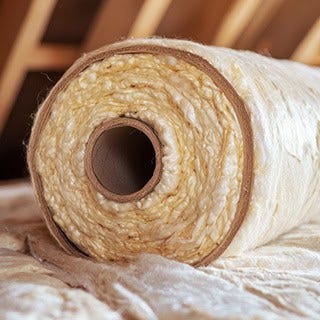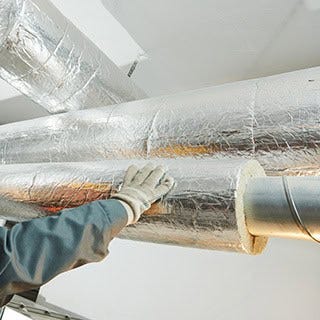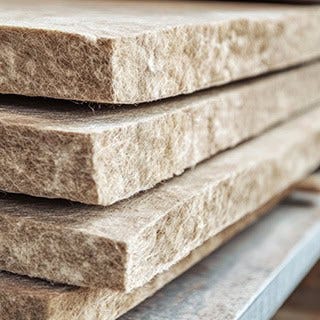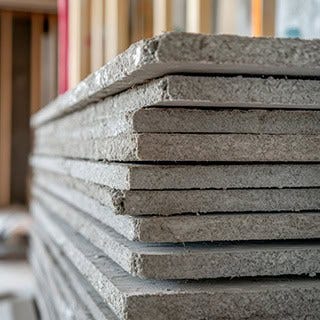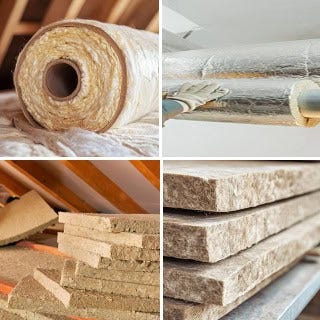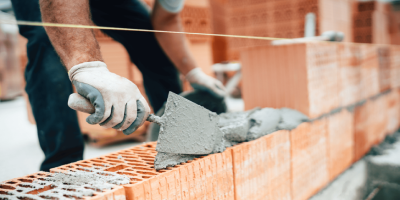Our top picks
Get extra value when you stock up on these recommended insulation products.
Brands you trust
For the best results, every time, we stock high-quality brands that builders love using.
Popular products
Explore the best-selling insulation that’s in demand with our customers.
Discover more
Tap into our expert advice and support to find the products.
Your Best Options for Stud Wall Insulation
Sustainable Loft Insulation Solutions for The Professionals
Loft Insulation Installation: Trade Tips and Common Mistakes
Frequently asked questions
Fibreglass insulation is cost-effective, easy to install and provides excellent thermal performance. It's also fire-resistant and does not settle over time, maintaining its effectiveness.
Our foam board insulation is available in varying R-values to suit different needs. The higher the R-value, the better the insulation's ability to resist heat flow.
Yes, insulation boards are commonly used for external wall insulation. They provide a durable and efficient solution for enhancing the thermal performance of building exteriors.
Insulation rolls are flexible and easy to install, making them ideal for covering large areas. They provide effective thermal performance, helping to regulate temperature and reduce energy costs.
Yes, insulation slabs can be easily cut to fit various spaces, allowing for customisation during installation. This flexibility makes them suitable for various spaces and areas.
Insulation Rolls
Insulation rolls are an easy and effective way to insulate walls, lofts and floors in homes and buildings. Made of fibreglass, mineral wool, or natural materials like cotton, insulation rolls are available in flexible blankets or batts that can be cut to size.
Installing a roll of insulation helps regulate indoor temperatures by preventing heat gain and heat loss. By creating a barrier between warm interior air and exterior temperatures, insulation rolls reduce energy costs associated with heating and cooling. They can also make indoor spaces more comfortable by providing an acoustic sound barrier.
When you shop for insulation rolls, you should consider the type of material, its location and R-value rating. Fibreglass and mineral wool insulation resist heat flow effectively, while natural options like cotton may appeal for sustainability. With some strategic installation in the right areas, they make a considerable difference in acoustic and thermal insulation.
Multi-foil Insulation
Multi-foil insulation is a lightweight, flexible insulation option made up of multiple layers of aluminium foil with various plastics and fabrics between them. The layered construction creates well-insulated air pockets that slow heat transfer and conduction.
Multi-foil insulation provides effective thermal performance and helps to reduce moisture accumulation by redirecting water vapour out and away from the insulated space. Multi-foil effectively blocks radiant heat, making indoor spaces more comfortable.
Unlike fibreglass, foil insulation products do not irritate the skin upon contact. They are simple to measure, cut, and install as needed for different spaces like lofts, walls and pipes. Properly installed insulation foil can last for over a decade without compromising performance.
Insulation Slabs
Insulation slabs are rigid panels of insulation typically made from expanded polystyrene (EPS), extruded polystyrene (XPS), or polyisocyanurate (PIR). These flat, rectangular slabs are produced in a range of standard sizes and thicknesses. They are designed to be installed directly against foundations, exterior walls, roofs and floors prior to finishing.
The closed-cell structure and stability of insulation slabs create an effective moisture and air barrier along with high R-value insulation performance. Additional advantages include meeting stringent fire safety codes, water resistance, and dimensional stability. Composite variations even enable high compressive strength to support backfill.
Insulation slabs with higher R-values indicate better effectiveness at slowing heat transfer and meeting insulation needs. The application of insulation slabs determines whether moisture resistance, structural enhancements like tongue-and-groove edges, or special facings are required.
Acoustic Insulation Slabs
Acoustic insulation slabs are designed to dampen noise and sound reverberation. Typically made of fibreglass or rockwool, these rigid rectangular panels have density properties that limit the transmission of noise through walls and floors.
Acoustic insulation slabs block disruptive exterior noise like road traffic and absorb interior noise in venues like concert halls, minimising reverberation for clearer sound quality. Key factors to note are the noise reduction coefficient (NRC) and sound transmission class (STC) ratings. Higher NRC ratings reflect better absorption of echo, reverb, and excess noise, while a higher STC relates to superior dampening of noises transmitting through a wall or floor from other spaces.
Acoustic insulation slabs are highly durable for decade-long noise control. They come in a range of thicknesses to match the required sound rating. Custom options even target specific frequency ranges for further fine-tuning.
Insulation Boards
Serving as thermal insulation, insulation boards are rigid panels and come in a range of sizes and R-values. They resist heat flow when installed directly against areas such as a floor, roof, wall and other building surfaces before finishing materials.
Effective insulation boards help structures maintain comfortable indoor temperatures. By slowing heat transfer into or out of conditioned spaces, they can reduce heating and cooling costs. The closed-cell nature of insulation foam boards also prevents moisture accumulation by blocking water vapour penetration into buildings.
In addition, insulation boards provide reliable thermal protection, are environmentally friendly, and help reduce the carbon footprint by lowering the amount of energy used to heat or cool a space.

